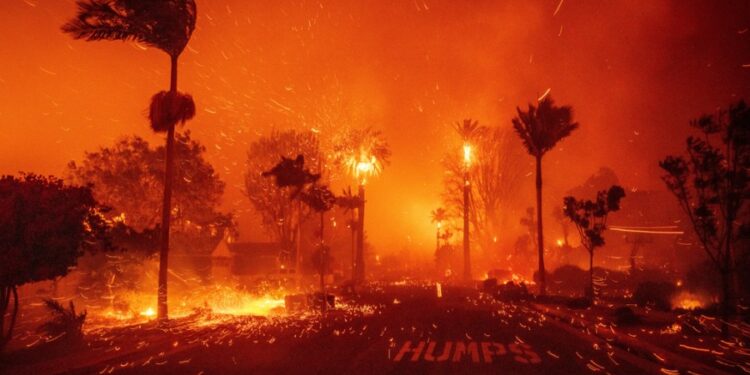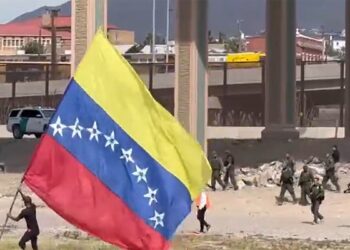
If you’ve ever wondered why trees will often be standing even after a wildfire has destroyed nearby homes, fire officials are offering an explanation.
“The answer lies in the difference between wildfires and conflagrations,” Cal Fire stated in a video uploaded Monday on Instagram.
“Wildfires often occur where the wildland meets human development,” a Cal Fire spokesperson said. Flames from wildfires often move as a front, consuming vegetation but not always spreading to everything in their path.
“But the fires in Southern California right now are better described as a conflagration,” the spokesperson said. “One of the key differences between a wildfire and a conflagration is how the wildfire spreads.”
A conflagration occurs when the fire from one structure spreads through flammable connections like wood fences and can ignite house after house.
“This also occurs more easily due to the intense heat produced by a structure fire coupled with the close proximity of structures,” the Cal Fire post stated.
Cal Fire listed several other key points:
Why Trees Survive:
- Some trees have natural adaptations to withstand fire
- Thick bark acts as a heat shield, protecting the inner layers
- Natural shape sheds embers and debris, reducing ignition risk
- Higher moisture content than older building materials slows the spread of fire
- Trees may still be singed but they are often less flammable than structures
Why Homes Are More Vulnerable:
- Houses are built with materials and features that make them prone to ignition
- Combustible materials like wood siding and roofing can ignite quickly, especially from nearby fires
- Embers can enter through openings and vents and spark fires inside, even from a distance
- Heat Traps including flat surfaces and air currents can intensify flames once they reach the interior
Cal Fire says that removing flammable items within the first five feet of a home creates a defensible space and reduces the risk of flames reaching the structure.
More information on preparing your home against wildfire risks can be found at ReadyForWildfire.org.







